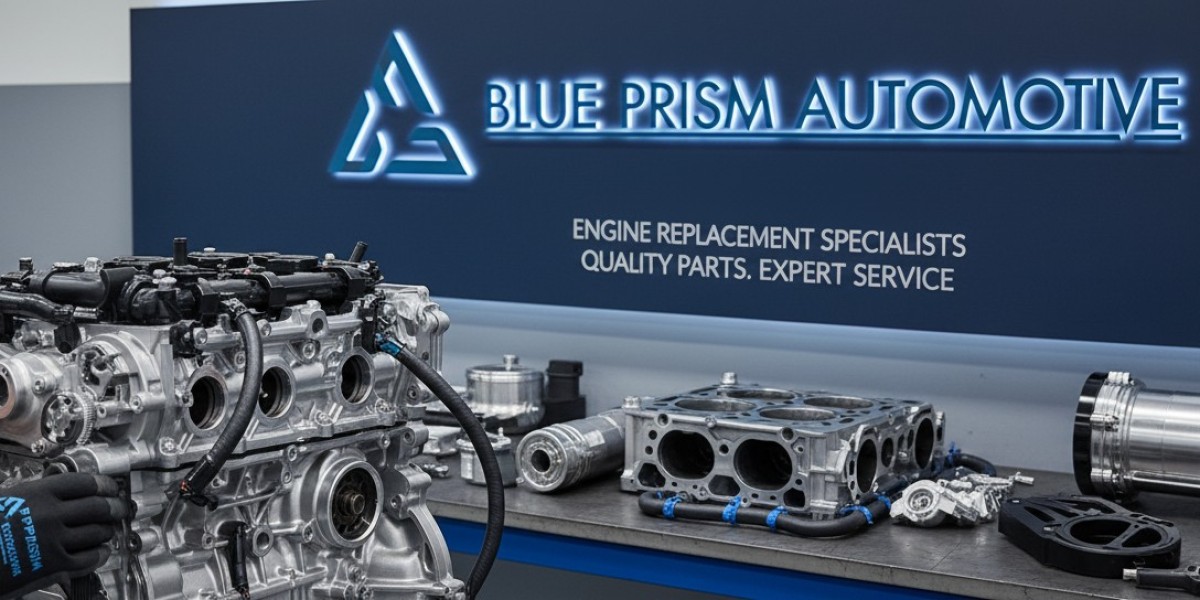When the powerful and reliable 5.7L V8 engine in your Toyota Tundra, Sequoia, or Land Cruiser faces a major failure, finding a trustworthy replacement is paramount. The market offers various options, but the true differentiator lies in the quality assurance process that a replacement engine undergoes before it's deemed ready for installation. A rigorous, multi-stage inspection protocol is what separates a reliable, long-lasting solution from a costly gamble. Understanding this process provides confidence that a replacement toyota 5.7l v8 engine will restore your vehicle to its full capability.
The First Filter: Strategic Sourcing and Initial Inspection
The journey toward a quality replacement begins long before an engine is listed for sale. It starts with strategic sourcing from a vetted network of suppliers. Priority is given to engines from regions with less road corrosion and from donor vehicles where the powertrain was protected, such as in rear-end collisions.
Upon arrival, each potential Toyota 5.7L V8 engine enters a critical triage phase. This initial visual and mechanical assessment is designed to immediately disqualify units with obvious, critical faults. Technicians perform a thorough inspection, looking for:
Impact Damage: Cracks in the block or cylinder heads from a severe collision.
Severe Corrosion: Excessive rust, particularly on critical mounting points and the iron exhaust manifolds.
Evidence of Catastrophic Failure: This includes a seized rotating assembly, coolant in the oil, or metal shavings on the dipstick—all clear indicators of internal damage.
Engines that pass this initial screening move forward to the core of the verification process, where their internal health is quantitatively measured.
The Core of Verification: Mechanical and Leak-Down Testing
A clean exterior does not guarantee a healthy engine. The most critical phase of the inspection involves diagnostic tests that reveal the internal condition of the cylinders, pistons, valves, and rings.
Compression Testing: This fundamental test measures the maximum air pressure each cylinder can build during its compression stroke. Strong, even compression readings across all eight cylinders indicate that the piston rings are sealing properly and the valves are closing completely. Significant variance between cylinders is a clear red flag for internal wear or damage.
Leak-Down Testing: This is a more advanced and precise diagnostic. The tester pressurizes each cylinder when the piston is at top dead center and measures the percentage of air that escapes. This test doesn't just identify that there's a problem; it pinpoints the source. The technician listens for where the air is escaping:
Hissing from the oil fill cap: Indicates air leaking past worn piston rings.
Hissing from the throttle body or tailpipe: Points to a leaky intake or exhaust valve.
Bubbles in the coolant overflow tank: Signals a compromised head gasket.
An engine must demonstrate strong, consistent results in both of these tests to be considered a viable candidate. This rigorous mechanical vetting is the primary defense against installing an engine with hidden, costly internal damage.
Ensuring a Perfect Fit: The Critical Role of VIN Verification
For the Toyota 5.7L V8 engine, used across different models and years, compatibility is paramount. An engine from a Tundra may have different accessory drives or sensor configurations than one from a Land Cruiser. Even within the same model, production year updates can lead to variations.
This is where VIN (Vehicle Identification Number) verification becomes essential. By confirming the donor vehicle's VIN, specialists can guarantee that the engine is a direct match for the recipient vehicle's model year and configuration. This ensures all electrical connectors, mounting points, and ancillary components will align perfectly, preventing installation headaches and ensuring the engine communicates correctly with the vehicle's ECU.
The Final Preparation: Preservation and Component Integrity
Once an engine has passed all tests and been verified for compatibility, it undergoes final preparation. This includes a visual verification of key external components like the water pump and alternator. All critical openings, including the intake and exhaust ports and coolant passages, are sealed with protective caps to prevent contamination from dust or moisture during storage and transit. The engine is then mounted to a secure pallet, ready for its journey.
This comprehensive protocol—from strategic sourcing and mechanical testing to VIN matching and careful preservation—transforms a used part into a trusted solution. It provides the assurance that the replacement Toyota 5.7L V8 engine will deliver the same reliable performance that made the original famous, restoring a valued vehicle to the road with confidence.



